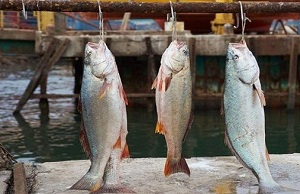 The use of advanced technologies in the protection, conservation and study of marine protected areas in Cuba is enhancing existing knowledge in the field.
The use of advanced technologies in the protection, conservation and study of marine protected areas in Cuba is enhancing existing knowledge in the field.
Yadira Torres Olarriaga, conservation specialist at the National Flora and Fauna Enterprise, speaking to the Cuban News Agency (ACN), explained that the first oceanographic buoy, intended to collect data of great scientific interest, has been installed at the Jardines de la Reina National Park, in the province of Ciego de Ávila.
She noted that these devices measure the chlorophyll and the amount of sediment present in the water, and the circulation of ocean currents, among other technical parameters.
The data stored by the buoy will be collected every six months and its batteries changed. The device was donated to the island through an international collaborative project with the European Union and a German NGO.
Torres Olarriaga explained that its implementation responds to Cuba’s strategies to mitigate the effects of climate change.
She also reported that a second buoy will shortly be installed in the Ciénaga de Zapata National Park in Matanzas province, and hopes are to further increase the use of this method of research across the island.
She noted that efforts are being conducted together with other institutions, such as the Antonio Núñez Jiménez Foundation, Marine and Fisheries Research centers and with surrounding communities.
Marine protected areas are a portion of the national marine or coastal-marine territory, with high natural values. In total there are 47 such areas in Cuba, which include coastal wetlands, keys and landmass areas up to 200 meters beyond the high tide line.
(ACN)